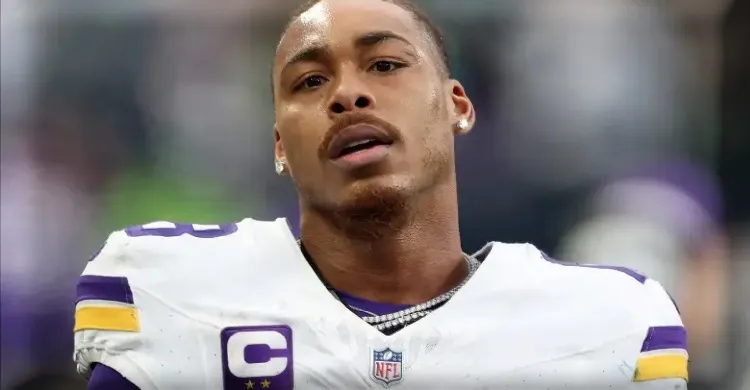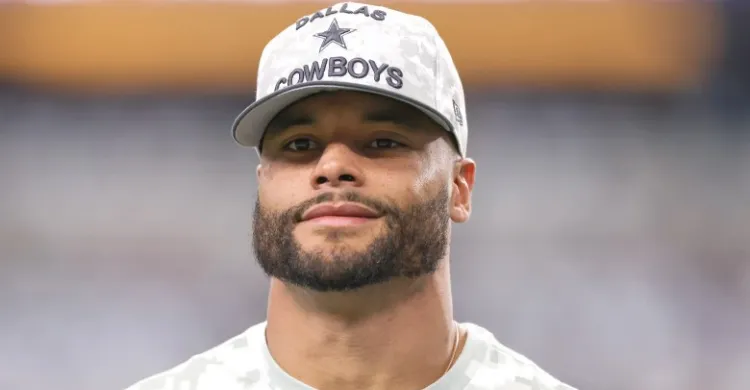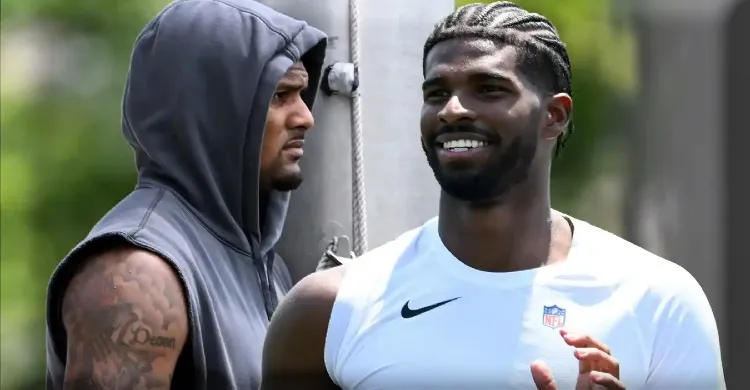The Green Bay Packers are no strangers to measured decision-making. For decades, the franchise has leaned on a “build from within” philosophy rooted in drafting, developing, and trusting their own. This offseason, that identity remained intact—but at what cost? With a promising young quarterback in Jordan Love and a balanced roster, this could’ve been the time to go all-in. Instead, general manager Brian Gutekunst played it a little too safe. Sure, the Packers remain a playoff contender. However, their most glaring offseason mistake might come back to haunt them.

A Quiet Offseason by Design
Gutekunst’s 2025 offseason played out predictably: modest free-agent moves, conservative trades (or lack thereof), and a focus on the draft. Cornerback Nate Hobbs, brought in from Las Vegas, should compete for a starting nickel role. Aaron Banks, formerly of the 49ers, offers a solid but unspectacular presence at guard. Both players were overpaid relative to market value, though. This has raised questions about Green Bay’s pro scouting process more than its wallet.
Where Gutekunst did make noise was the draft. After years of passing on receivers in the first round, the Packers finally used a top pick on one. They drafted Texas standout Matthew Golden. He’ll be joined by fourth-round pick Savion Williams in a suddenly crowded but youthful wide receiver room. The symbolic weight of finally investing early in a pass-catcher is heavy. It tells Jordan Love, “We’re building around you.” On the flip side, in pure football terms, the value of adding Golden can be debated.
The Packers ranked third in net yards per pass attempt last year, fifth in total offense, and fifth in total defense. This was not a team with desperate offensive holes. That makes the luxury pick of a receiver somewhat understandable. That said, the opportunity cost of not addressing more pressing areas—like the pass rush—could define this season.
Here we’ll try to look at the riskiest move that the the Green Bay Packers executed in the 2025 NFL offseason.
The Risky Gamble: Ignoring the EDGE
For a team that prides itself on roster balance and steady improvement, the Packers’ decision to forgo bolstering the EDGE position is perplexing. It could also be potentially catastrophic.
With Rashan Gary leading the pass rush, Green Bay has a top-tier defensive anchor. However, behind him, the depth chart is thin and unproven. The drop-off after him is stark. Kingsley Enagbare, Brenton Cox Jr, and Lukas Van Ness all offer promise. Still, none have consistently shown they can disrupt games on a weekly basis.
The front office’s gamble? Banking on internal growth rather than external reinforcement.
Sure, there’s still time to make a trade—rumors of interest in Bengals veteran Trey Hendrickson have surfaced. However, Green Bay hasn’t moved. Hendrickson, a proven pass rusher, would’ve been the ideal win-now addition. Of course, with limited cap flexibility and a long-term mindset, the Packers appear unwilling to make that kind of splash. That could be a mistake they regret by midseason.
Defensive coordinator Jeff Hafley’s scheme is predicated on quarterback pressure. Without a consistent EDGE presence opposite Gary, the Packers risk becoming overly reliant on blitz packages or exposing their secondary. Note that they just lost former first-round pick Eric Stokes and didn’t get a meaningful upgrade in his place.
Too Little, Too Late in the Secondary
Speaking of the secondary, the decision to let Stokes walk without a viable succession plan adds to the offseason’s risk profile. Yes, Jaire Alexander is still one of the league’s top corners when healthy. That said, injuries have slowed him in recent years. The hope is that Hobbs steps into a versatile role and performs at a high level, but it’s just that: hope.
The Packers didn’t draft a cornerback until Day 3, too. None of their selections project to be immediate contributors. That leaves them vulnerable if any of their starters go down or underperform.
Given the team’s otherwise well-rounded structure, the lack of investment in both the pass rush and secondary is mystifying. If the Packers fall short in January, it won’t take a film study to figure out why.
A Draft Focused on 2026, Not 2025
One plausible defense of Gutekunst’s strategy is that the team is thinking beyond 2025. Golden has the potential to be a long-term WR1, and Anthony Belton, taken to bolster the offensive line, could develop into a quality starter. However, these are moves for tomorrow, not today.

The problem is, Green Bay may already have the core of a Super Bowl contender now. Jordan Love took a massive leap last season. The offense is diverse, the defense stout, and the NFC North feels open for the taking. Passing up the chance to meaningfully upgrade their biggest weakness, even at the cost of future capital, is a risk that feels unnecessarily cautious.
Risk Overshadows Reward
The Packers didn’t tank their offseason—but they didn’t maximize it, either. Their riskiest move wasn’t a trade or a pick. It was a non-move: standing pat at EDGE, where depth is precarious, and overlooking the need for reinforcements in the secondary.
Matthew Golden may blossom into a star. Jordan Love might ascend another tier. But unless Green Bay finds a way to pressure quarterbacks consistently and hold up on the back end, they’ll struggle to make a serious postseason push. In a league where aggressiveness often separates contenders from pretenders, the Packers’ refusal to swing big could be their undoing.



